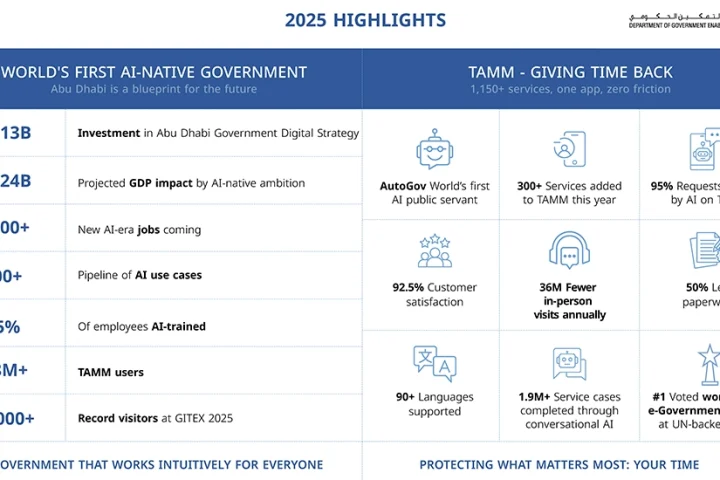84% of top CIOs now have responsibility for areas outside traditional IT. The most common are innovation and transformation. For modern CIOs, success is not about the technology. It is about using technology to drive business innovation and value. It is about providing an always-on, secure digital workspace, without a costly outlay of capital. And it is about efficiently and securely expanding into new markets and regions.
In other words, success is defined by strategic technology investments that enable the business and drive innovation. Success is, of course, easier said than done.
Today, a large part of success is about reining in costs while extending services to a wider array of people, devices, and things. The modern IT organisation must become a partner to the business, not a cost center, integral to competitive value and strategic investment.
How are you standing up to the challenge? Inventorying and controlling fixed assets only under-scores potential waste. With a complete understanding of the physical servers, data, devices, and applications in your purview, you have taken measures to manage, control, and secure them.
It is now time to focus your critical resources on accelerating business outcomes instead of managing day-to-day IT tasks. And you have made moves in that direction by adopting a cloud strategy that accelerates innovation and agility while ensuring flexibility and control. So, what now? There are three ways to focus IT investment.
#1 Leveraging advanced analytics
In an IDG survey, close to 80% of CIOs said they would prioritise spend on data analytics in 2018 and 2019. Though the vast majority of business processes are still governed by and carried out by people, advanced analytics, such as machine learning, uses data to automate work that was once considered people-dependent. This improves the speed, accuracy, and efficiency of computing processes so workers can focus on higher-value tasks.
#2 Simplifying hybrid-cloud networking
According to a recent IDC InfoBrief, enterprises are embracing multi-cloud solutions to gain organisational agility, accommodate existing and new applications, and ensure applications reside in optimised environments. But IDC also reports that 82% of businesses believe complex network infrastructure hinders their ability to migrate applications to the cloud. When you simplify, secure, and optimise your networks for performance, you give your users simple secure access to the applications and data they need — from any device, anywhere.
#3 Implementing digital workspaces
A digital workspace unifies access to the all of the applications users rely on — Windows, mobile, web and SaaS — with performance and security that adapts to user context. Engineered to increase visibility and simplify management of all your applications, data, users and devices, a digital workspace helps you realise the full benefits of hybrid- and multi-cloud strategies.
Making these investments now can help set up your company — and the IT organisation — for a winning future. With careful planning and alignment with business goals, these investments can position IT as a change agent and prepare the business for the future.
A Deloitte survey suggests that IT budgets in high-performing companies account for a lower percentage of overall revenue, which could mean that CIOs in these companies make more efficient use of their technology dollars. It goes on to say that CIOs in HPCs are also more likely to have annual budget increases and less likely to have a budget decrease.
What winning strategies can you apply now?
Advance your cloud plan at your own pace. Look for services you can host and deliver them from wherever you choose — including legacy on-premise infrastructure — giving you the freedom to go all in with cloud, start service by service, or take a hybrid approach. Regardless of where services reside, applications, devices, and data should be easily integrated and managed through a single console for a unified user experience.
Key takeaways
- Success is defined by strategic technology investments that enable the business and drive innovation.
- Success is about reining in costs while extending services to a wider array of people, devices, and things.
- The modern IT organisation must become a partner to the business, not a cost center.
- The modern IT organisation must become integral to competitive value and strategic investment.
- It is time to focus critical resources on accelerating business outcomes instead of managing day-to-day IT tasks.
- A cloud strategy accelerates innovation and agility while ensuring flexibility and control.
Innovation and transformation are added responsibilities for performing CIOs and transform IT into profit centre, explains Christian Reilly at Citrix.
























